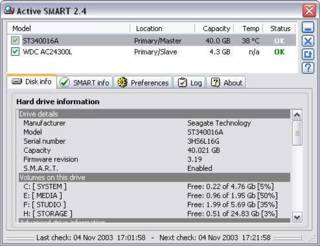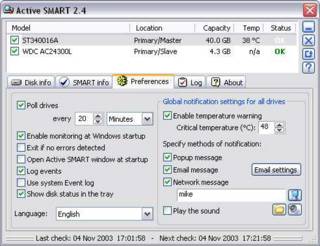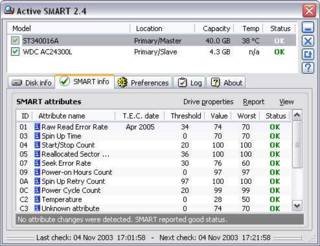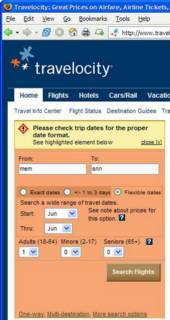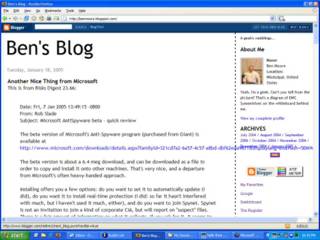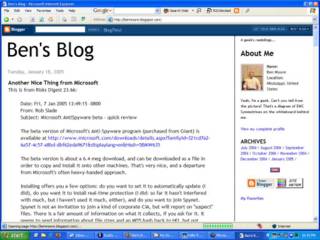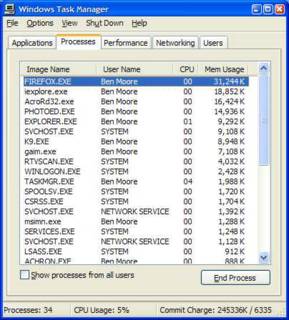I've been building several XP systems recently. One for my mother and one on a ThinkPad X20 I'm putting together. With lots of practice, I'm pretty good at it but it does get tedious. What I started looking for is a low cost (free) imaging tool.
I subscribe to Fred Langa's
newsletter and he talks about this topic from time to time. This
issue is dedicated to backup images.
I searched for imaging tools and finally turned up
Partition Saving.
Here's a brief description:
Partition Saving is a DOS program that is used to save, restore and copy hard-drive, partitions, floppy disk and DOS devices.
With this program you could save all data on a partition to a file (such as you could save this file on a CD for example). Then if something goes wrong, you can completely restore the partition from the backup file. You no longer have to reinstall every piece of software from scratch. All you have to do is restore the partition from the backup file and then update any software that was modified since the backup was created.
While this isn't as sophisticated as some of the software in Langa's newsletter, it works fine.
I partition my drive into 3 partitions: C: the boot partition, D: the data partition, and E: the backup partition. For example, on a 20 GB drive, I make C: 10 GB, D: 4 GB, and E: 6 GB. I make C: and D: NTFS and E: FAT32. I don't have a lot of experience to validate these sizes but they seem like a good starting point.
I took my trusty Windows 98 rescue disk and used Roxio to create a bootable CD with the Partition Saving program on it. The CD is just such a nicer package than 2 floppies.
Partition Saving supports an options file that looks like it will let you specify all the parameters and run your backup or restore without intervention. I haven't tried this yet though.
Read through all the documentation. It has a compression algorithm but you seem to get most of the benefit with the first level of compression. Also, watch the DOS drive letters carefully as DOS won't see the NTFS partitions. Partition Saving will show them by volume name so remember that when you set them up. Make the volume names meaningful. You can also specify that the output be segmented into sizes that will fit on CD-Rs.
My plan is to put all the non-volatile data (e.g. My Documents) on D:. Then after I do all my tweaking on the C: partition, I'll back it up to E:. I can burn those files to CD-Rs if I want to. When the system gets toasted, I will just restore from E: and I'm right back where I started. Cross your fingers.
I'll post more after I play with it some.
